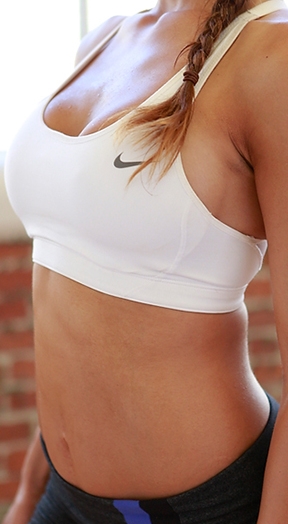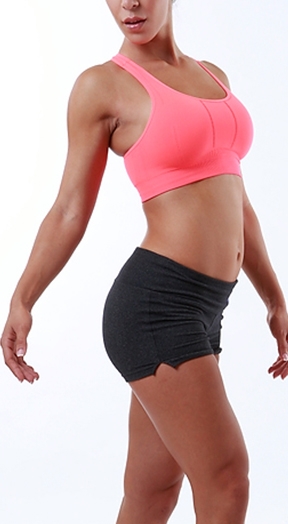The nose is perhaps the most important facial feature, in terms of facial symmetry. This is because it is a noticeable feature and, ideally, should sit right in the center of the face, both horizontally and vertically. There have been numerous studies looking at perceptions of facial beauty. The general consensus is that humans perceive faces that are as close as possible to being perfectly symmetrical as more attractive than those that are not as symmetrical. Of course, the size and shape of the nose play a large role in how symmetrical the overall facial features may be.
This desire for improving the size and shape of the nose, in hopes of improving overall facial symmetry, certainly goes a long way toward explaining the overall popularity of rhinoplasty (nose job) cosmetic surgical procedures. According to the American Society of Plastic Surgeons, which is the largest professional organization within the field of plastic surgery, 223,000 rhinoplasties were performed by its members in 2016. This made it the most popular facial cosmetic procedure and the third overall most popular cosmetic surgical procedure for that year. There are different rhinoplasty techniques that Dr. Griffin can perform, including either an open or closed rhinoplasty.
Closed Rhinoplasty
In a closed, or endonasal, rhinoplasty, Dr. Griffin will only make incisions on the inside of each nostril. There will not be any incisions made on either the outside of the nose or between the right and left nostril across the connecting column of cartilage (called the collumnella) at the base of the nose.
A closed rhinoplasty is an excellent choice if you are only having a minimal amount of work done on your nose, such as just an improvement to the nasal tip or the nostrils. Obviously, the major advantage to a closed rhinoplasty is that there will be no external scars. The main disadvantage, however, is that it may be more difficult for Dr. Griffith to get a good look at the underlying structure of your nose.
Open Rhinoplasty
In comparison, an open rhinoplasty involves opening up the nose for Dr. Griffin to gain direct access to the internal structure of the nasal passages. A small incision is made on the underside of the nose, across the collumnella. Dr. Griffin will then be able to peel back the skin and underlying tissue. This can be important for reducing a hump on the nose or attempting to widen or narrow nasal bridge, which may be done using an open rhinoplasty.
The main advantage for an open rhinoplasty is that it allows Dr. Griffin to directly see the nasal anatomy for more complicated procedures that may involve the entire nose. However, the main disadvantage is that there will be external scars. Dr. Griffin will place these within the natural folds of skin around the nose to minimize their appearance. You may also have more noticeable bruising and swelling with an open rhinoplasty.
Regardless of which procedure Dr. Griffin uses for your rhinoplasty, the end goal is the same. Your new nose will enhance your appearance by improving your overall facial symmetry.





